07.03.2023 | Jochen Bettzieche | News SLF
American scientists are studying processes just above the snow surface in order to improve forecasts of drinking water availability. The SLF is assisting them with measurement technology and knowledge, and in return is acquiring insights into the interaction between atmosphere and snowpack.
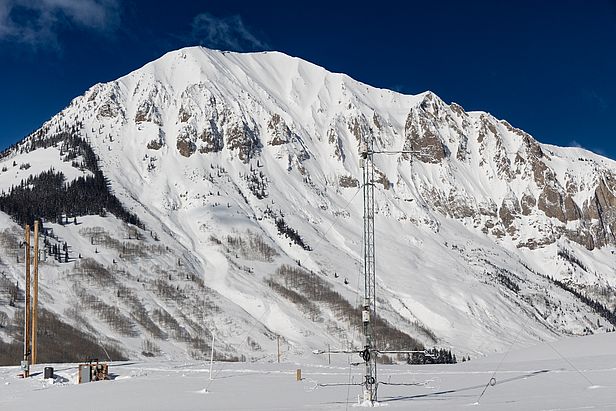
This winter has brought storms and temperatures well below freezing to the United States, but the measuring equipment set up by the Davos-based WSL Institute for Snow and Avalanche Research (SLF) in the Rocky Mountains in October 2022 has survived the adverse conditions unscathed.
Back in the autumn, SLF PhD student Michael Haugeneder travelled to the US to help partners from the University of Washington install the measuring system he had developed, so that it could be used for an extensive measurement campaign.
Haugeneder's research looks at how warm air near the snow surface affects snowmelt. His first measurements were taken at Dürrboden in the Dischma Valley near Davos, and at Monbiel near Klosters, but his equipment is now being used overseas.
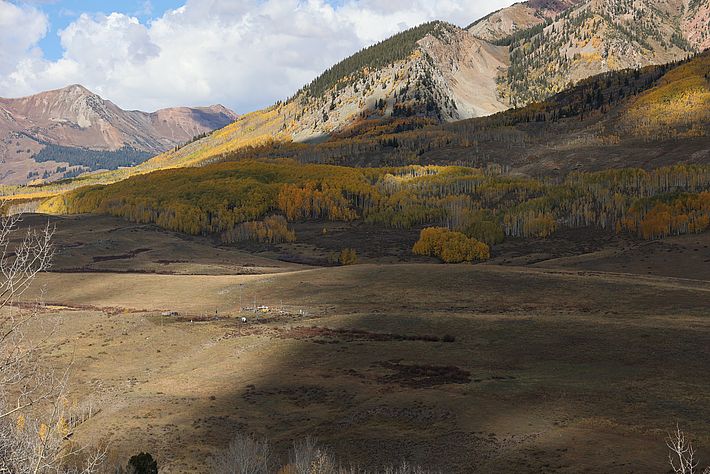
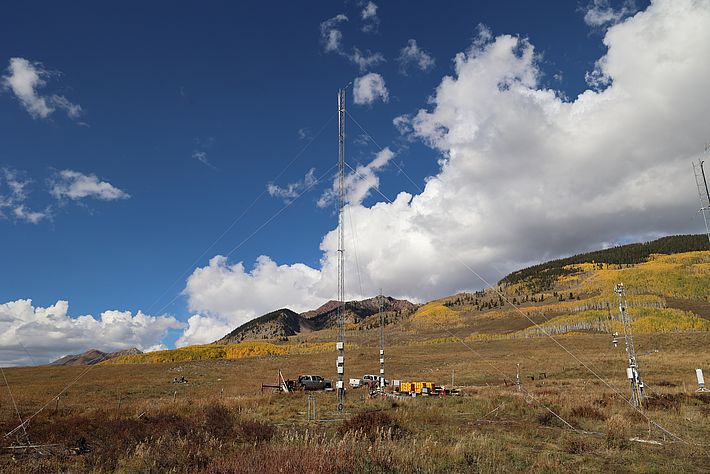
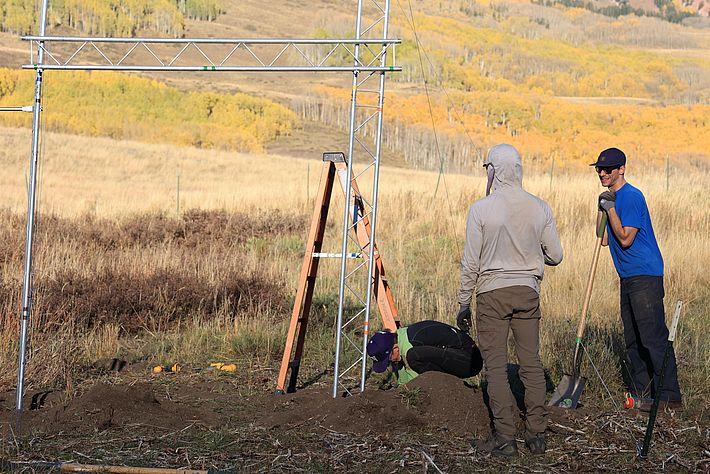
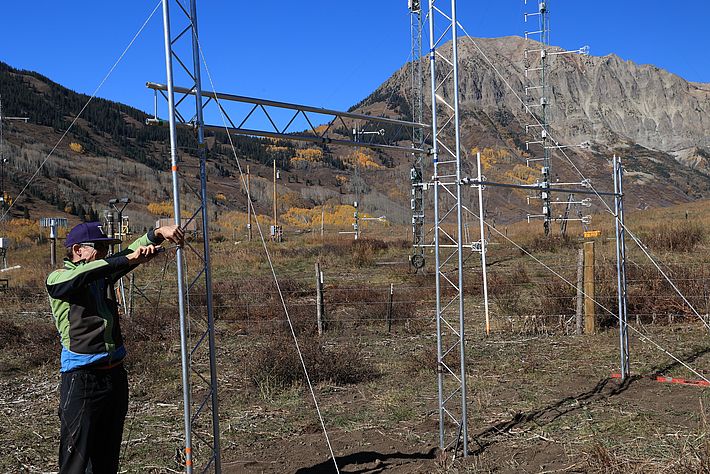
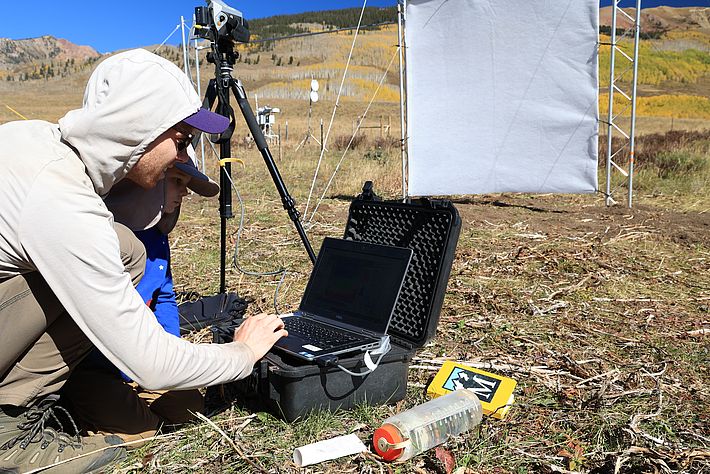
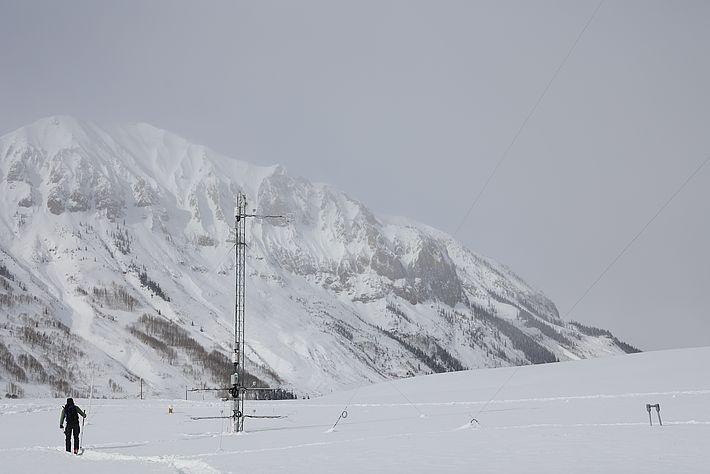
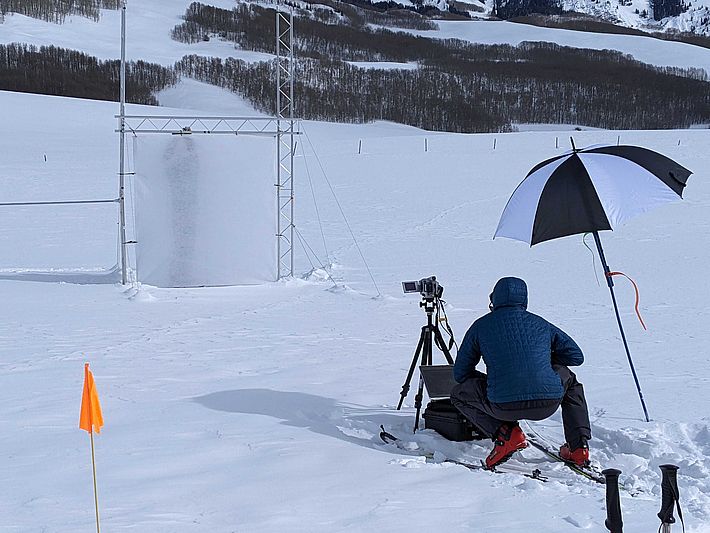
While the University of Washington researchers are mainly interested in effects in wintertime when the snow cover is complete, Haugeneder is investigating how air warms up over the first patches of snow-free ground in spring, thereby accelerating snowmelt. This will see him return to the Rockies in late May to take measurements. "I'm curious about the US results because the conditions there are very different from here in Switzerland," he says. Among other things, the air is much drier and the landscape more expansive. The measurements he collects there together with data from several other installed instruments will help to better understand and more accurately predict near-surface air movements and their effects on snowpack.
The results will serve to improve models for estimating future drinking water supplies. "They will also make it possible to forecast floods and predict hydropower plant potential," explains Haugeneder. Furthermore, the processes being studied also play a role in glacier melt, for example when air warms up over rocky ground in summer and is transported over the ice by the wind.
What makes Haugeneder's installation special is its high resolution. The physicist points an infrared camera at two screens made of thin polyester, each measuring around five squaremeters. The resolution is just one centimetre, meaning that measurements can be taken very close to the snow surface. Combined with the high frequency of 30 images per second, this yields detailed results. "We can therefore observe the interaction of wind and warm air directly above the snow surface," says Haugeneder.
Contact
Copyright
WSL and SLF provide the artwork for imaging of press articles relating to this media release for free. Transferring and saving the images in image databases and saving of images by third parties is not allowed.